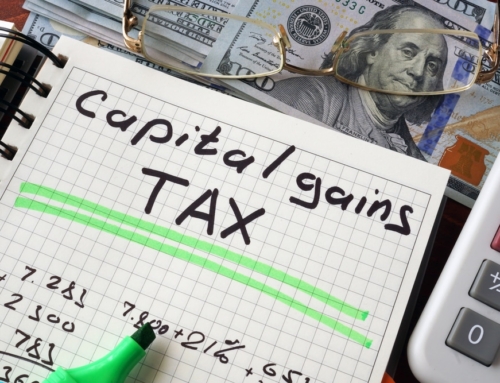This article was written by guest blogger Eva Rosenberg.
Have you ever received an incorrect W-2 or 1099? Scary, isn’t it? You know you have to file taxes, but you’re nervous about giving incorrect information to the IRS. Then, when you call the person or company issuing your tax forms, he or she may refuse to change the forms—or cooperate with you at all.
Tax mistakes like these are a headache, but the IRS will be looking for those numbers on your tax return.
So what do you do?
The answer is quite easy, really. Report everything exactly the way the W-2 or 1099 says it is, right or wrong. Period. That will make the IRS’s computer happy and make it less likely that you’ll receive any discrepancy notices in the mail.
Filing taxes with an incorrect W-2 or 1099
When the total income listed on all of your tax forms is lower than the income you reported, you may not have to worry about it.
But if the W-2 or 1099 incorrectly shows your total income as more than you actually made, you will need to fix the problem. After all, you don’t want to pay taxes on money you didn’t make.
So, what’s the next step? This is also easy. Deduct the difference between the amount reported on the W-2 or 1099 and the amount that should have been listed on the forms.
Quite often, when you deduct the incorrect amount, you will have to include a detailed, written explanation. This might force you to file a tax return on paper instead of online.
For example, let’s say that you received a 1099-MISC for your business that shows an income of $1,000, but it should only show $750. You would simply enter $1,000 as your income on your Schedule C. Then on page 2 of the Schedule C, deduct $250—the difference between what the tax form is reporting and the amount you actually made—with the notation “1099-MISC was overstated.” Naturally, if there is a large difference, you will need to include more detail. In that case, the notation should read, “See statement attached.”
If the income was from a rental property, follow the same process with your Schedule E, Simply deduct the erroneous amount on one of the blank expense lines and add one of the notations mentioned above.
Incorrectly reported dividends or interest
One of the most common problems that occurs with 1099s for dividends or interest is that part of the income reported belongs to another family member or friend. The report has your name listed first, so you receive the form, but not all the income belongs to you.
How does this happen? Here’s one scenario: A family member names you on a savings account that earns interest. The bank accidentally names you as the primary account holder, and you receive the 1099 for the interest income earned. This is referred to as “nominee income”—the interest income of a different individual.
To rectify the situation, report the full income amount on your Schedule B. On the next blank line, write: “Nominee income: See statement attached.” On the attached statement, list the name, address, and Social Security number of the person to whom an amount should be allocated—and list his or her share of the income.
This is a big and complex issue, and there are many types of errors that can occur. If you get a notice from the IRS, send back a letter explaining why the 1099 was wrong and provide as much proof as possible. If there is a lot of money at stake, or if you aren’t comfortable handling the situation on your own, you may want to consult a tax pro.
Eva Rosenberg, EA is the publisher of TaxMama.com ®, where your tax questions are answered. She is the author of several books and ebooks, including Small Business Taxes Made Easy. Eva teaches a tax pro course at IRSExams.com and tax courses you might enjoy at http://www.cpelink.com/teamtaxmama.






